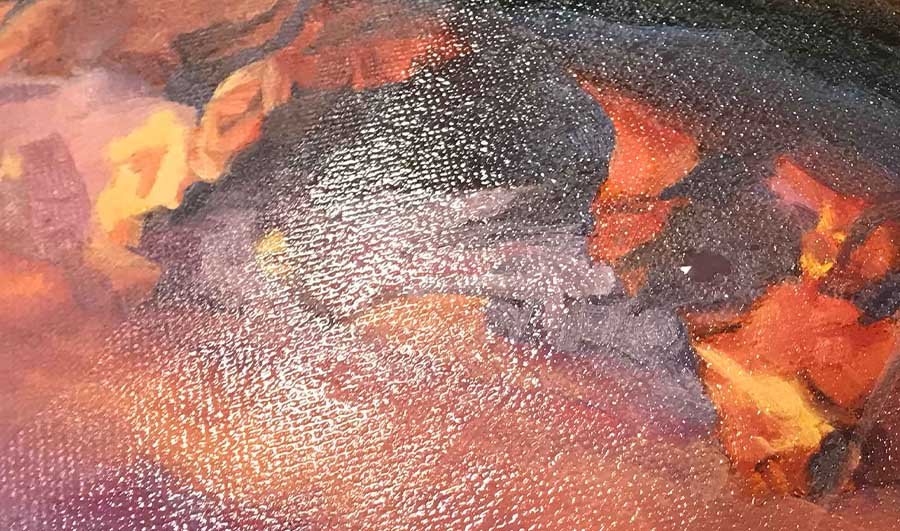
Irregular Gloss on Paint and Varnish
An irregular sheen on an oil painting can often result in patchy gloss after the varnish is applied. We will discuss how to fix this on an existing painting and how to avoid it in the future.
An irregular sheen on an oil painting is often linked to paint with high pigment volume concentration (PVC). The paint contains air voids due to a lack of binder. Freshly applied paint “sinks” into the underlying substrate. “Sinking in” is a common phenomenon among oil painters. This is the most frequent issue we encounter teaching artists in our Painting Best Practices courses. Let’s review the causes of sinking in:
Excessive Use of Solvents
This is one of the problems of using solvents in oil painting. Solvents reduce the viscosity of oil making it easier for oil to be absorbed by the underlying substrate. When oil sinks into the layer below, it increases the pigment volume concentration (PVC). This creates air voids in the paint film as it dries and resulting in a rougher surface texture. The rough texture in turn scatters more light causing a dull matte appearance, which should otherwise be satin to glossy. Reducing or avoiding solvents altogether helps to eliminate sinking in and patchy sheen.
Excessively Absorbent Grounds or Supports
One way to avoid non-uniform gloss is paint on less absorbent grounds. Most artists never consider how the ground affects the overall painting. This is the same as failing to properly consider the foundation of a house. The ground is as important and perhaps more important in some aspects than upper paint layers.
Excessively absorbent grounds can cause oil paint to sink in. Many artists paint on grounds that are too absorbent. Acrylic grounds are very absorbent, yet it is one of the most widely used grounds for oil paintings. Oil grounds are typically less absorbent that acrylic grounds. The grounds of pre-primed canvases—even those with oil grounds—are often very absorbent. Painting on oil grounds reduces the phenomenon of sinking in. Applying additional coats of an oil ground to an existing ground reduces its absorbency and the potential for sinking in.
Sinking Colors
Certain pigments are more prone to cause sinking in than others. Umbers usually come to mind when painters think of colors that sink in. These pigments contain a larger volume of oil and therefore have a lower critical pigment volume concentration (cPVC). The oil is readily absorbed by the underlying layer giving a matte and usually non-uniform appearance to dried paint films.
Does this mean you must stop using your favorite umber or other pigment that readily sinks in? Not at all. Adding bodied oil (stand oil) to these colors usually prevents sinking in. The large polymeric molecules of high these viscosity oils do not sink into the micropores of the surface below and are retained on the surface. Adding a small amount of bodied oil, even as little as 20% by volume, helps to prevent sinking in.
| Studio Tip: To avoid sunken colors, and hence a patchy sheen in future paintings, don’t add solvents to your oil colors, paint on less absorbent grounds and avoid colors that sink in or else add a small amount of bodied oil to those colors. |
Oiling Out
To correct dull, matte areas on an existing painting, artists often apply oil or mediums in the dull areas and allow to dry (or paint into it while wet). This process called “oiling out” (or “oiling in”) adds a thin layer of oil. This has the disadvantage of yellowing areas of the painting where the thin layer of oil has been applied. Oiling out is not a problem if you paint over the passage, but is when it is the final layer of a painting. If the completed painting has a patchy appearance, the best remedy is to correct the sheen with a varnish.
What Varnish Does
Dull matte areas of a painting are not always remedied when applying a varnish uniformly over the entire painting. Some varnish resins, such as Regalrez 1094 resin used in Gamvar by Gamblin Artist Colors and Conservar Finishing Varnish by Natural Pigments, are prone to sink in because of the low molecular weight (LMW) resin. Even applying more coats of the same varnish does not always correct a patchy sheen. Dull matte areas often times can only be remedied by polymeric or polydisperse varnishes. Aacrylic varnishes, such as Golden Artist Colors MSA Varnish or Conservar Polymeric Varnish, contain polymeric (methylacrylate) resins and Conservar Isolating / Finishing Varnish contains a polydisperse resin (Laropal A81).
How to Correct with Varnish
You may ask, what if I like the appearance of Gamvar on my painting but if it does not correct the patchy sheen on my painting, what can I do? The answer is to apply two coats of varnish: one that corrects the non-uniform gloss of the painting as an “isolating varnish”, and the second Gamvar or another varnish containing Regalrez 1094 as the final picture varnish. The final varnish layer gives a painting its ultimate appearance.
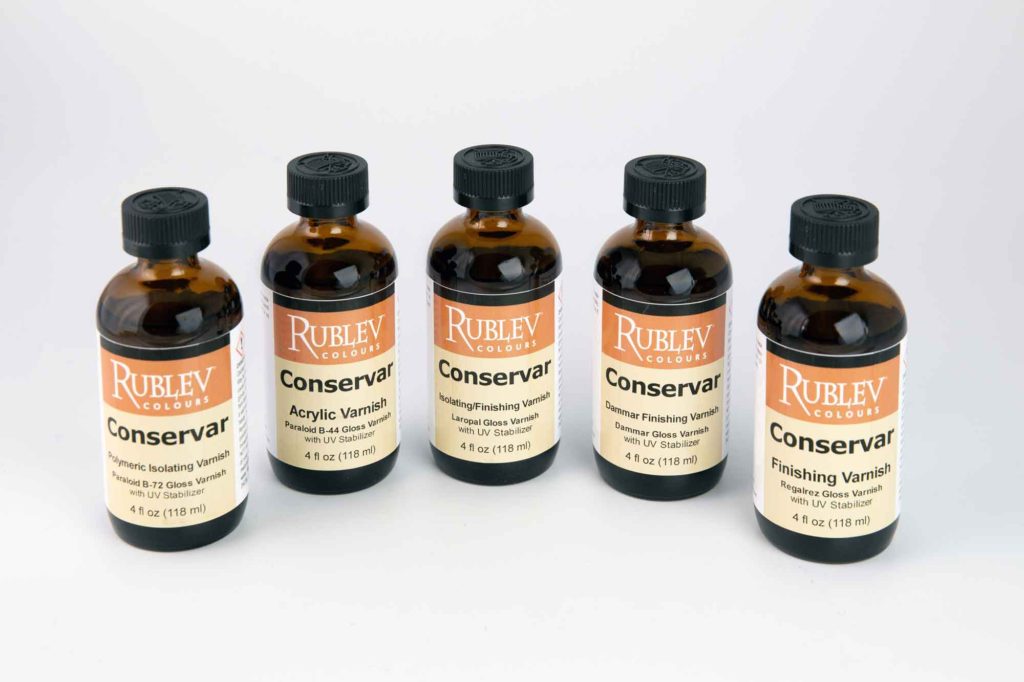
An example of this practice is to apply Conservar Isolating / Finishing Varnish (containing the polydisperse resin) as the first coat to provide a uniform sheen to the painting. Followed by a second coat of Gamvar or Conservar Finishing Varnish (also containing Regalrez 1094) over the isolating or first coat for its final appearance.
Learn more about this topic in our course Matte, Glossy Paint and Everything In-between.

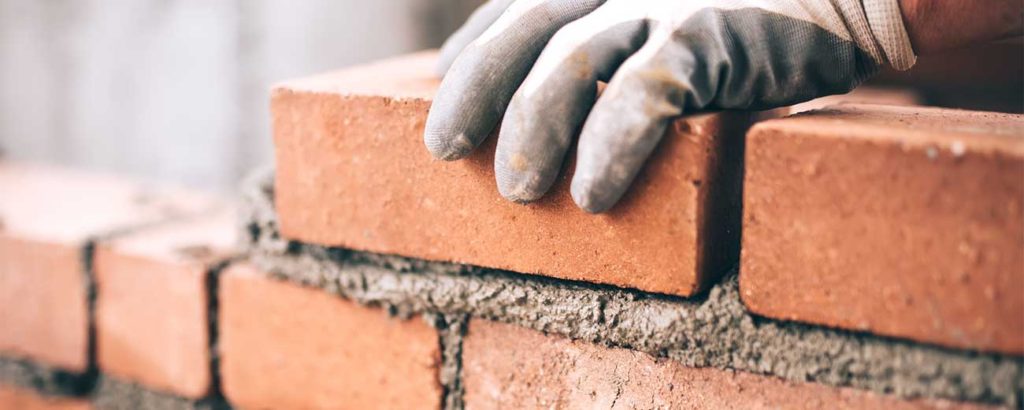
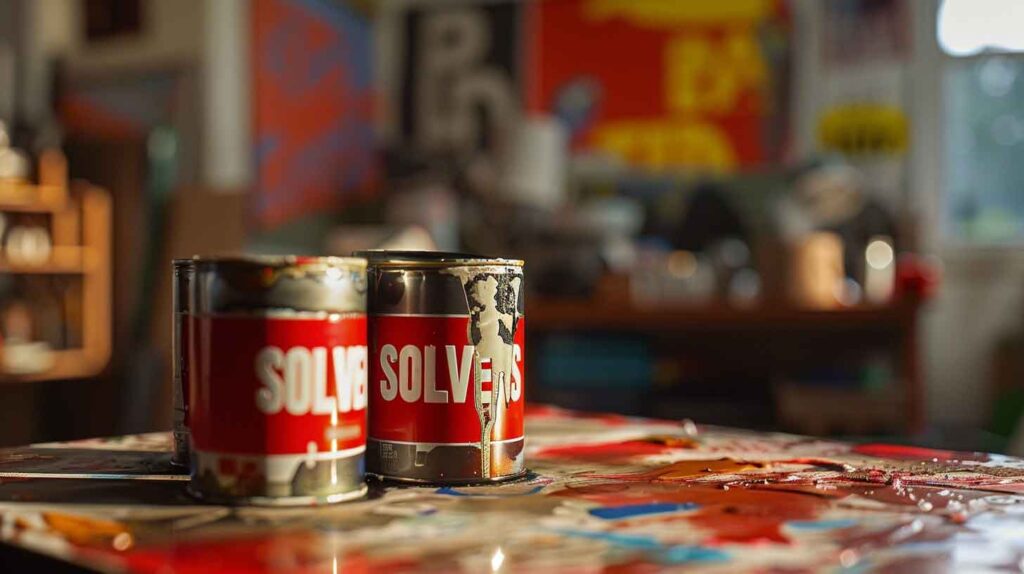


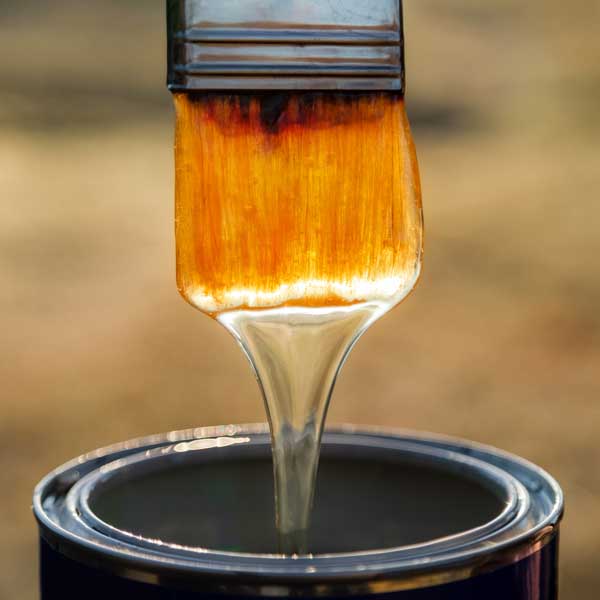

Some brands of oil ground I’ve used recommend mixing in a small amount of solvent (10-20%) into the ground if more flow is desired for coating the surface. Could this 10-20% of solvent in the ground itself also cause sinking in? Or is this only an issue with paint layers containing solvent?
Paste grounds typically need to be applied with a solvent, so this is not the reason for sinking in described in the course. The issue is with absorbent grounds and using a solvent in paint layers.